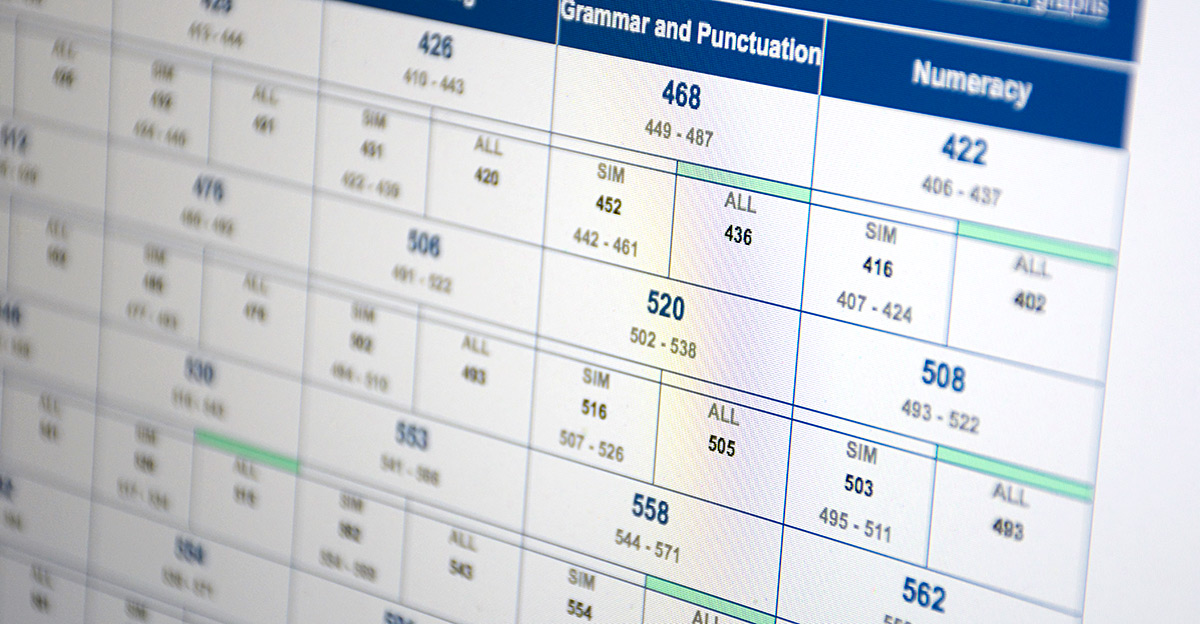
NAPLAN 2017
NAPLAN in the News – 2017 results
“NAPLAN tests show South Australian school students trail rest of nation in all results. South Australia has recorded NAPLAN results below the national average in every test at every participating year level.” – The Advertiser, August 2nd 2017
The above headline would not have escaped many, and it certainly would not have escaped our State policy makers.
Why South Australia continues to trail the rest of the country in each and every NAPLAN test conducted over four different year levels (a total of 20 tests) remains a mystery, but you can be assured that entire teams of statisticians and academics will be working through our State data as we speak!
Our students will receive their NAPLAN test results in Week 10 this term. I would encourage parents and caregivers to discuss these results with students and to consider the information that they provide in regard to student progress. This is important information, but it is essential that they are viewed as a snapshot of student achievement at a particular point in time. One result in a NAPLAN test does not define the student’s learning potential, and must be viewed as a single portion of evidence in the progress journey. As always, your student’s teachers are in the best position to make more definitive statements regarding progress, and provide such feedback regularly.
As a school, we also spend a great deal of time analysing our NAPLAN data. The data is useful in affirming what we are doing well, and identifying possible areas for future growth. At the student level, NAPLAN data provides further information for teachers in regard to the needs of individual students, and as such, is a welcome source of information.
Cedar’s 2017 NAPLAN data is exceptional. The mean score of Cedar students is higher than the State mean score in each testing category, across each year level. This has been the case for the past two years.
In comparison with national results, the mean score of Cedar students is higher than the national mean in 17 out of 20, or 85%, of testing categories. This is a significant achievement given that the national results are far superior to those achieved in South Australia.
While these overall results are outstanding, it is within the area of student growth that our 2017 results are remarkable. Collecting NAPLAN data each year allows us to compare the results of current Cedar students with the results of the same Cedar students two years ago. From this, an “effect size” can be calculated for each student, in order to determine how much they have grown within each area of literacy and numeracy. Based on 2017 NAPLAN results, our students are experiencing an average of 3 years of growth in the two years between NAPLAN testing periods.
My door is always open if you would like a more comprehensive explanation of our NAPLAN results, but rest assured that here at Cedar we are blessed to be involved in a school community where learning is valued, students work hard, and teachers genuinely care about the progress of their students.
Mr Tim Maddern, Director of Curriculum




